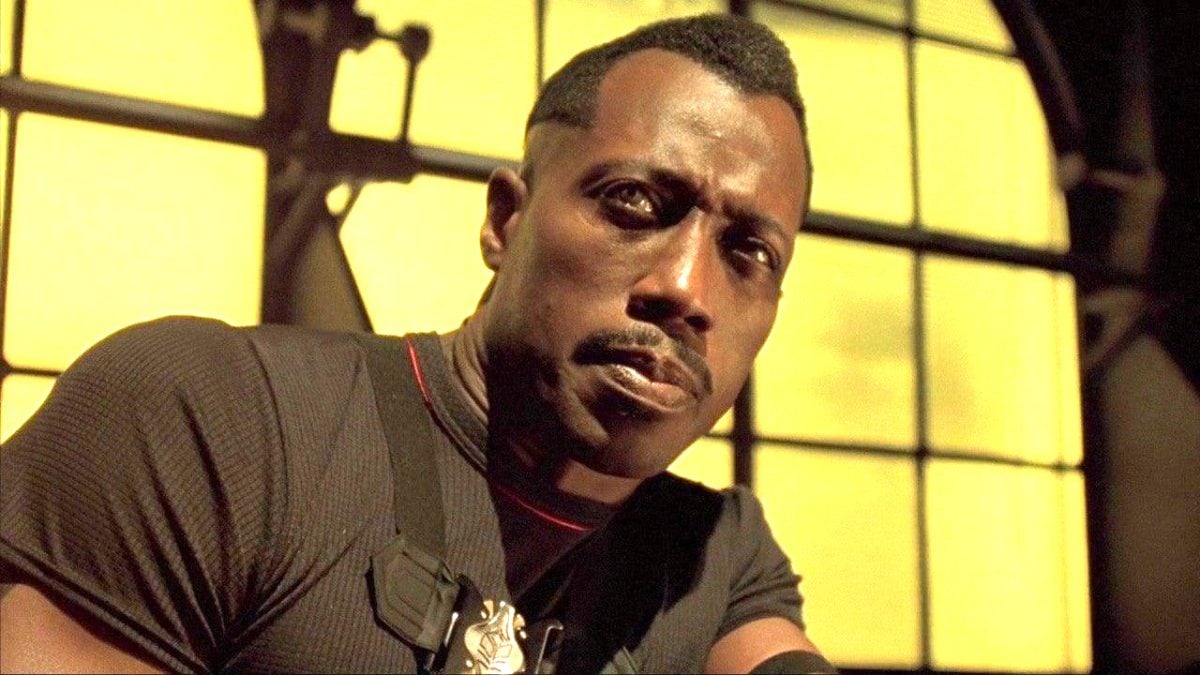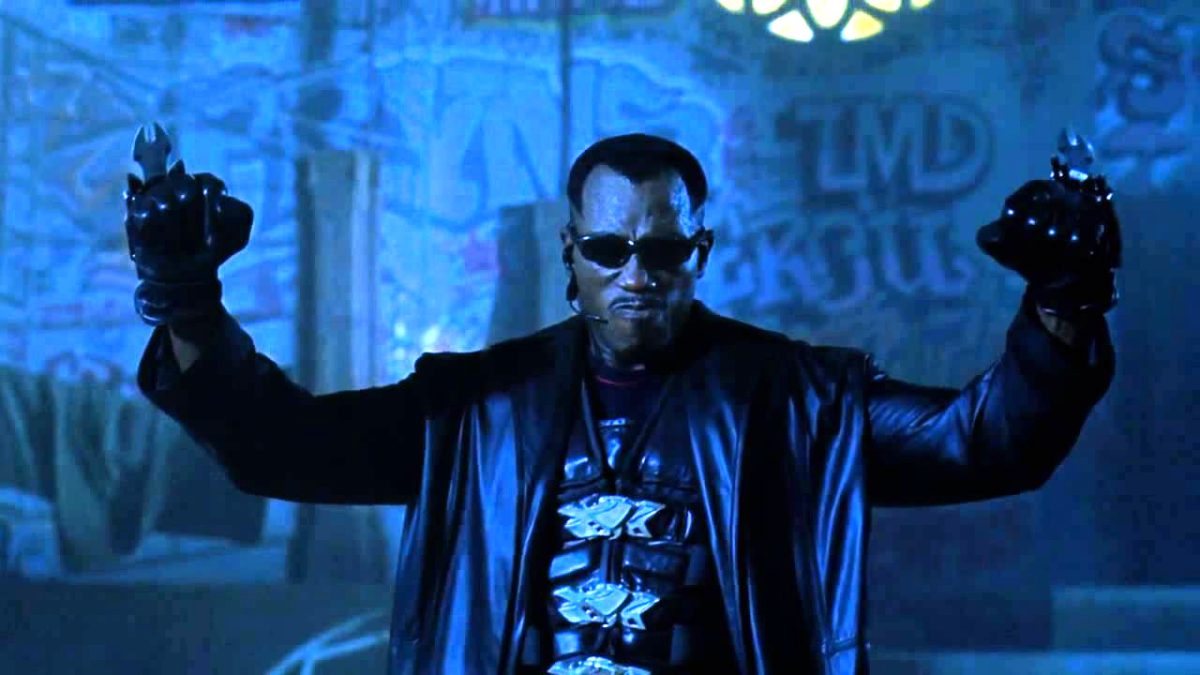Marvel has struggled to maintain its footing after the release of Avengers: Endgame (2018). However, it’s impossible to deny the roster of characters and projects that the franchise still has in the works. There will be teams like X-Men and Fantastic Four entering the mix, as well as acquisitions like Deadpool from other studios. There will also be a revamped version of one of Marvel’s foundational big-screen characters: Blade.
Mahershala Ali will play the version of Blade that will join the MCU, but the version that moviegoers were first introduced to in the 1990s paved the way for the franchise’s dominance in the 21st century. He was the first Marvel superhero to get his own trilogy, which will be added to the Max library on Sept. 1st.
Blade (1998) still has one of the best opening scenes in Marvel history. A character attends what is seemingly a normal rave, but he realizes that it’s actually filled with vampires. Blood spurts out of the sprinkler system, and before the vampires can attack him, Blade appears and starts taking them out one by one. It’s not only visually striking (the trilogy has blood to spare) but also a perfect introduction to a character who is, above all else, extremely cool.
The rest of the film, directed by Stephen Norrington, lays the groundwork for the gothic world that Blade inhabits. The superhero has to battle a group of technologically advanced vampires who plan on summoning an evil god who can wipe out the human race. Blade isn’t exactly the nicest when it comes to interactions with humans, but given that his late mother was human, he has a soft spot for them.

Blade II (2002) is considered by many to be the best film in the trilogy, and we agree. Guillermo del Toro brings his singular vision to the table and manages to enhance everything that made the original special. There are tons of inventive creature designs, pulse-pounding action scenes, and colorful supporting turns by the likes of Ron Perlman and Kris Kristofferson (who plays Blade’s aging mentor, Whistler). It’s also interesting to see del Toro try out some of the violent flourishes and black comedy he would eventually parlay into his own comic book franchise, Hellboy.
Blade: Trinity (2004) is where things go off the rails. Sure, X-Men: The Last Stand (2006) and Spider-Man 3 (2007) were more high-profile examples of disappointing Marvel sequels, but Blade: Trinity is such a notable step down it’s still surprising to watch. There have been countless stories about the troubled production and the tension that materialized between director David S. Goyer and actor Wesley Snipes, and it really shows on the screen.
The same can be said for the transparent attempts to be “hip” by shoehorning in comic relief characters like Hannibal King (Ryan Reynolds) and the film’s bland rendering of the most famous vampire of all: Dracula (Dominic Purcell). It’s too bad the trilogy couldn’t stick the landing, but for those who grew up with Blade: Trinity will undoubtedly have an affinity for some of its admittedly cool fight scenes. There’s something about it that’s surprisingly quaint compared to today’s superhero releases.
The Blade trilogy is where the seeds of the MCU were planted. While it’s darker and more inconsistent than the films that would follow, their boldness and willingness to collaborate with auteurs like del Toro and Goyer proved there was more to these stories than corny one-liners and spandex. We’re excited to see what the MCU version of Blade will look like, but there will always be a special place in our hearts for the original.

